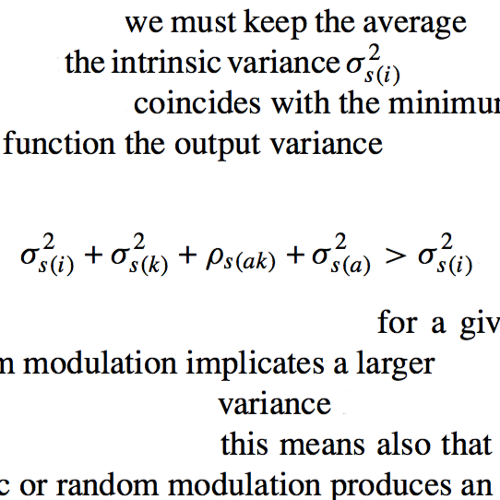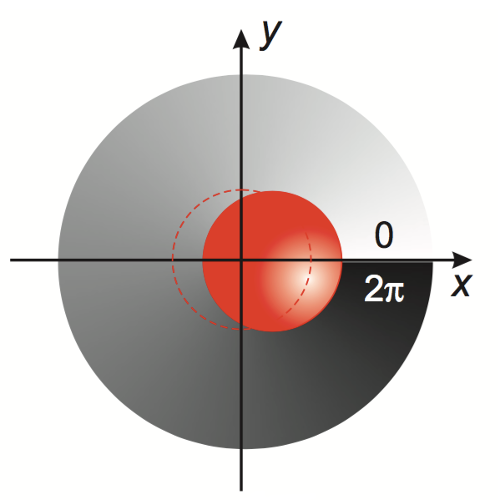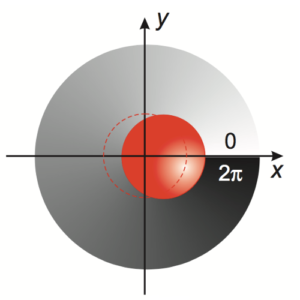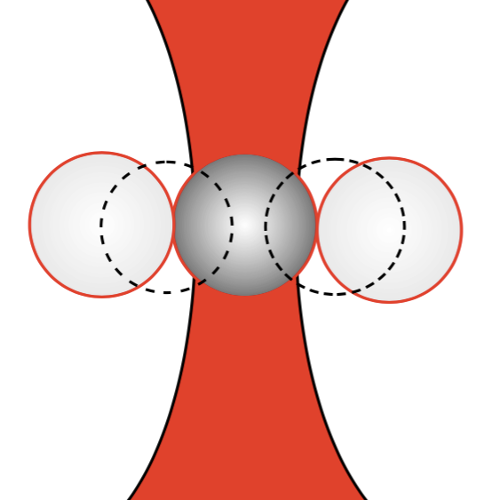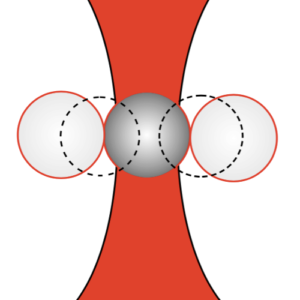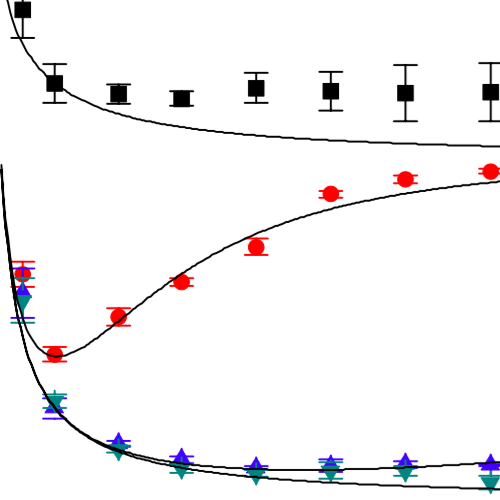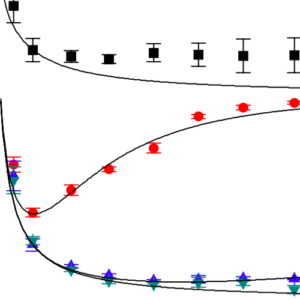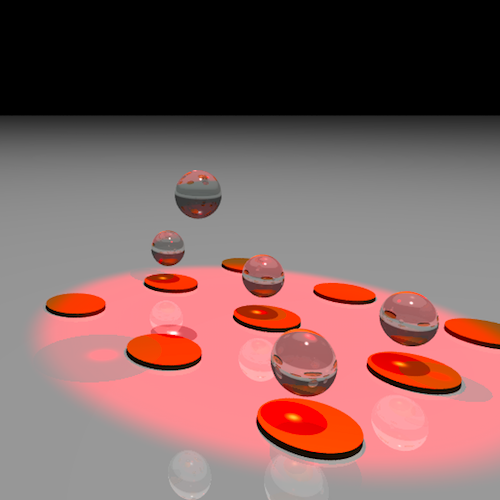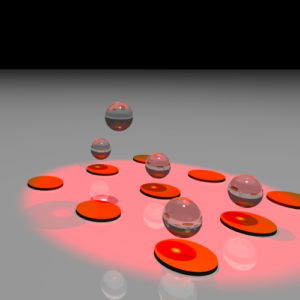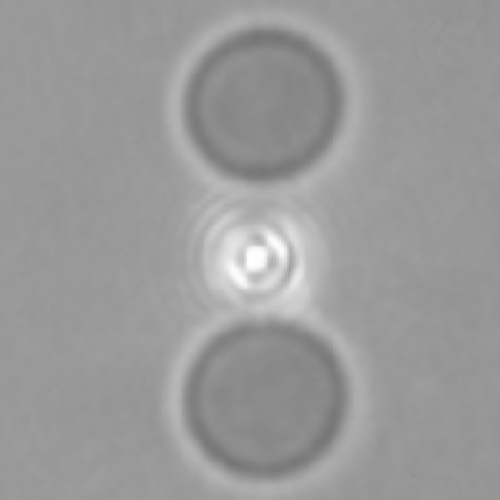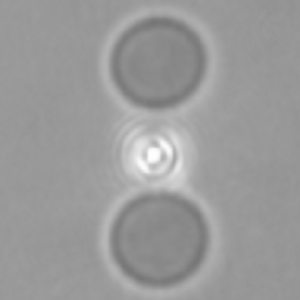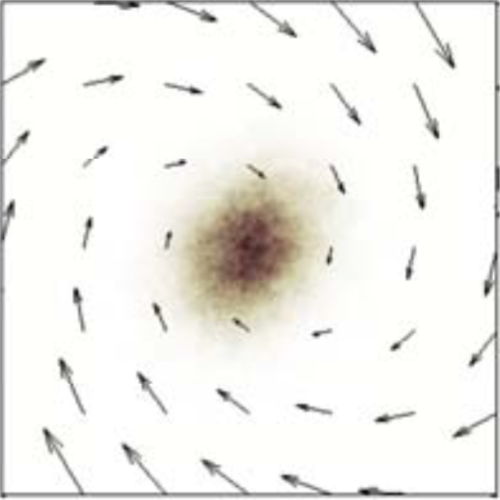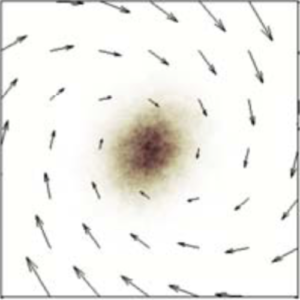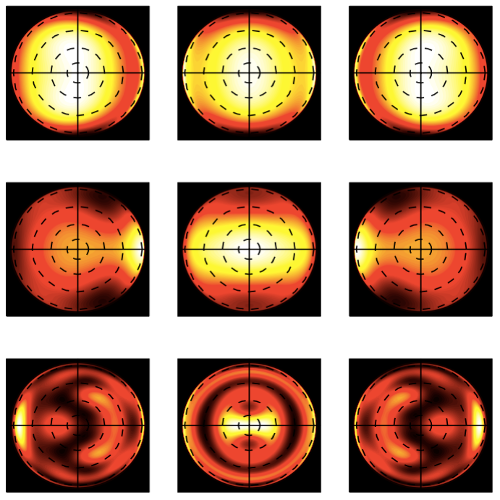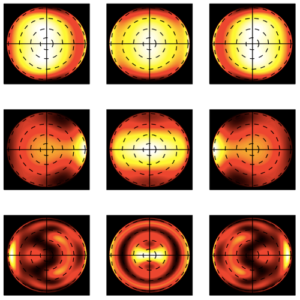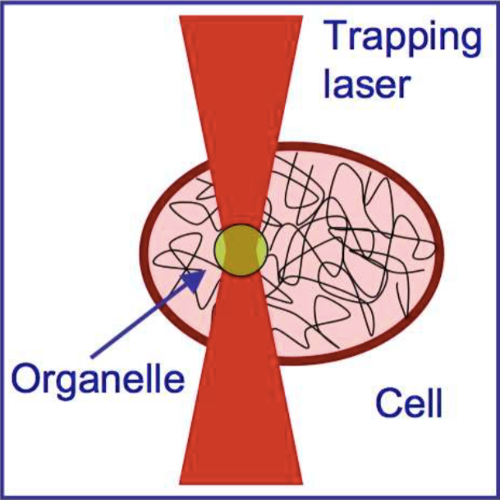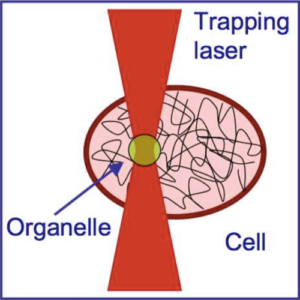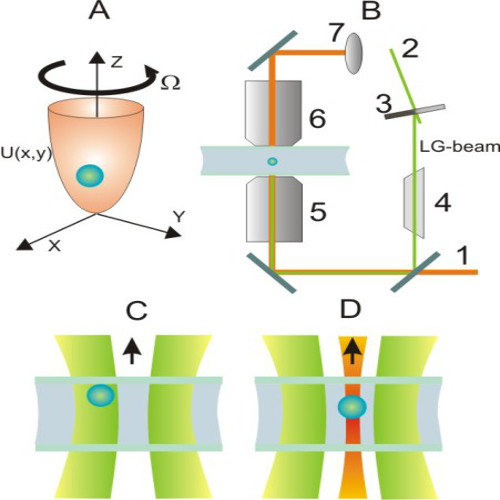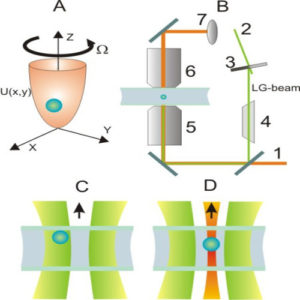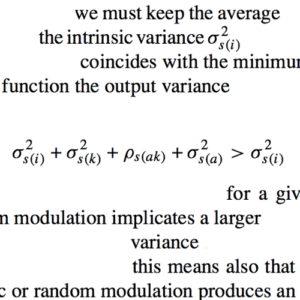
Thermal noise suppression: How much does it cost?
Giovanni Volpe, Jan Wehr, Dmitri Petrov & J. Miguel Rubi
Journal of Physics A: Mathematical and Theoretical 42(9), 095005 (2009)
DOI: 10.1088/1751-8113/42/9/095005
arXiv: 0711.0923
In order to stabilize the behavior of noisy systems, confining it around a desirable state, an effort is required to suppress the intrinsic noise. This noise suppression task entails a cost. For the important case of thermal noise in an overdamped system, we show that the minimum cost is achieved when the system control parameters are held constant: any additional deterministic or random modulation produces an increase of the cost. We discuss the implications of this phenomenon for those overdamped systems whose control parameters are intrinsically noisy, presenting a case study based on the example of a Brownian particle optically trapped in an oscillating potential.
